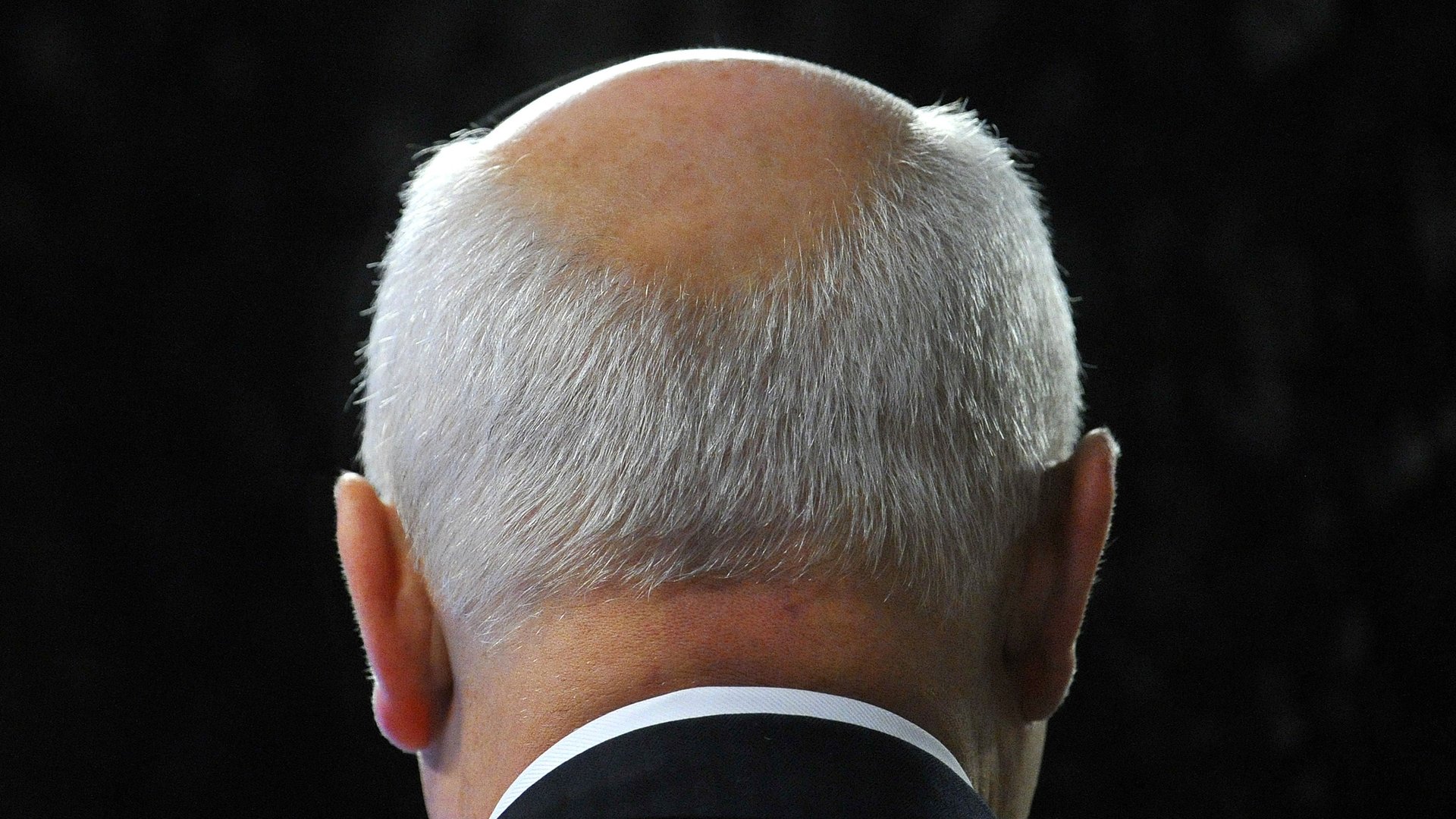Scientists have created artificial skin that can sweat and grow hair
Skin is our largest organ, our first line of defense against infections, and our temperature regulator. But because it does so many vital jobs, it’s difficult to recreate in the lab for patients who may need it for skin grafting.


Skin is our largest organ, our first line of defense against infections, and our temperature regulator. But because it does so many vital jobs, it’s difficult to recreate in the lab for patients who may need it for skin grafting.
Today, (April 1) researchers from RIKEN University and Tokyo University announced that they had created the first lab-grown skin that features hair follicles and sweat glands to mimic biological skin in mice. Their research was published in Science Advances.
“We have successfully grown skin that replicates the function of normal tissue,” Takashi Tsuji, a biologist at RIKEN University and lead author of the paper said in a press release. The lab-generated skin cells successfully interacted with muscle and nerve cells, in the same way they do in real skin.
To develop this synthesized skin, scientists chemically manipulated cells from mouse gums to turn them back into undifferentiated stem cells, which have the ability to develop into any kind of tissue. They then manipulated the stem cells to become mouse skin cells, much like they would if they were part of a mouse embryo. Once they had enough tissue samples, researchers grafted the artificial skin onto mice that had been genetically modified to have deficient immune systems and hairless bodies. The grafted, artificial skin comfortably adapted to the mice bodies, and matured into skin capable of growing hair, excreting oils, and working with nerve and muscle cells.
“Up until now, artificial skin development has been hampered by the fact that the skin lacked the important organs, such as hair follicles and exocrine glands, which allow the skin to play its important role in [temperature] regulation,” Tsuji said. Previous iterations of artificial skin mimicked its texture, like the ones used by tattoo artists before they ink their clients. In 2015, researchers from Stanford University created (paywall) a material intended for prosthetics that could transmit sensations of touch to the user.
Though these experiments were conducted on mice, it represents a leap of sophistication in the development of artificial skin. In the future, researchers hope that this technique will have applications for patients with serious burns, scars, or alopecia, and could be an alternative to animal testing for chemical products.